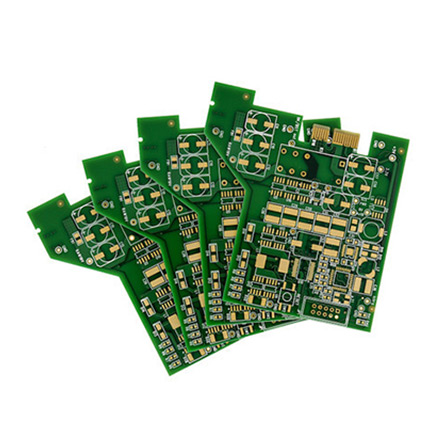

Understanding Low-E Glass Meter An Essential Tool for Energy Efficiency
Low-emissivity (Low-E) glass is a vital component in modern architecture and energy-efficient building designs. It helps to optimize climate control by minimizing heat transfer between the interior and exterior of a building. To evaluate the performance of Low-E glass, the Low-E glass meter emerges as an important instrument, providing insights into the thermal efficiency of different glazing options.
What is Low-E Glass?
Low-E glass is treated with a microscopic metallic coating that reflects heat while allowing light to pass through. The primary purpose of this coating is to reduce the amount of infrared radiation that enters or escapes from buildings. During summer months, Low-E glass helps to keep indoor spaces cool by reflecting external heat, thereby reducing the need for air conditioning. Conversely, in winter, it retains indoor warmth by reflecting heat back into the space, which can substantially lower heating costs.
The Importance of Measuring Low-E Glass Performance
To ensure that Low-E glass performs as expected, it is essential to measure its thermal properties accurately. This is where the Low-E glass meter comes into play. This device assesses the emissivity and reflective qualities of the glass, giving users a clear understanding of how effective the glazing material is in maintaining indoor thermal comfort.
How Does the Low-E Glass Meter Work?
Typically, a Low-E glass meter works by emitting infrared radiation and measuring the amount that is transmitted or reflected by the glass. The meter is equipped with sensors that analyze the thermal performance of the glass under specific conditions. By obtaining readings of the emissivity values, users can determine the efficiency of the glass in controlling heat loss or gain.

Benefits of Using a Low-E Glass Meter
1. Energy Efficiency The primary advantage of using a Low-E glass meter lies in its ability to help consumers and builders select the most energy-efficient glass options for their projects. By comparing different types of Low-E glazing, they can make informed decisions that contribute to energy conservation.
2. Cost Savings With the rising costs of energy, both residential and commercial property owners are keen on lowering their utility bills. By investing in the right type of Low-E glass, measured through the low-E glass meter, substantial cost savings can be realized over time.
3. Enhanced Comfort Homes and office spaces fitted with efficient Low-E glass provide a more comfortable indoor environment. This science-backed choice affects not only heating and cooling but also minimizes glare and UV exposure.
4. Regulatory Compliance Many building codes and energy efficiency certifications require specific standards for window performance. Using a Low-E glass meter ensures compliance with these regulatory frameworks, which can be crucial for new construction or major renovations.
5. Environmental Impact Choosing low-emissivity glass results in less reliance on heating and cooling systems, leading to reduced carbon footprints for buildings. This aligns with global sustainability goals and the increasing focus on eco-friendly practices in the construction industry.
Conclusion
In summary, the Low-E glass meter is an indispensable tool for evaluating the thermal performance of Low-E glass. By facilitating informed decisions on energy-efficient glazing, it fosters cost-effectiveness, enhances comfort, ensures compliance, and contributes to environmental sustainability. As we continue to prioritize energy efficiency in our buildings, understanding and utilizing this technology will become increasingly essential. The integration of Low-E glass technology, aided by precise measurements from Low-E glass meters, stands at the forefront of creating a more sustainable and economically viable future in construction.